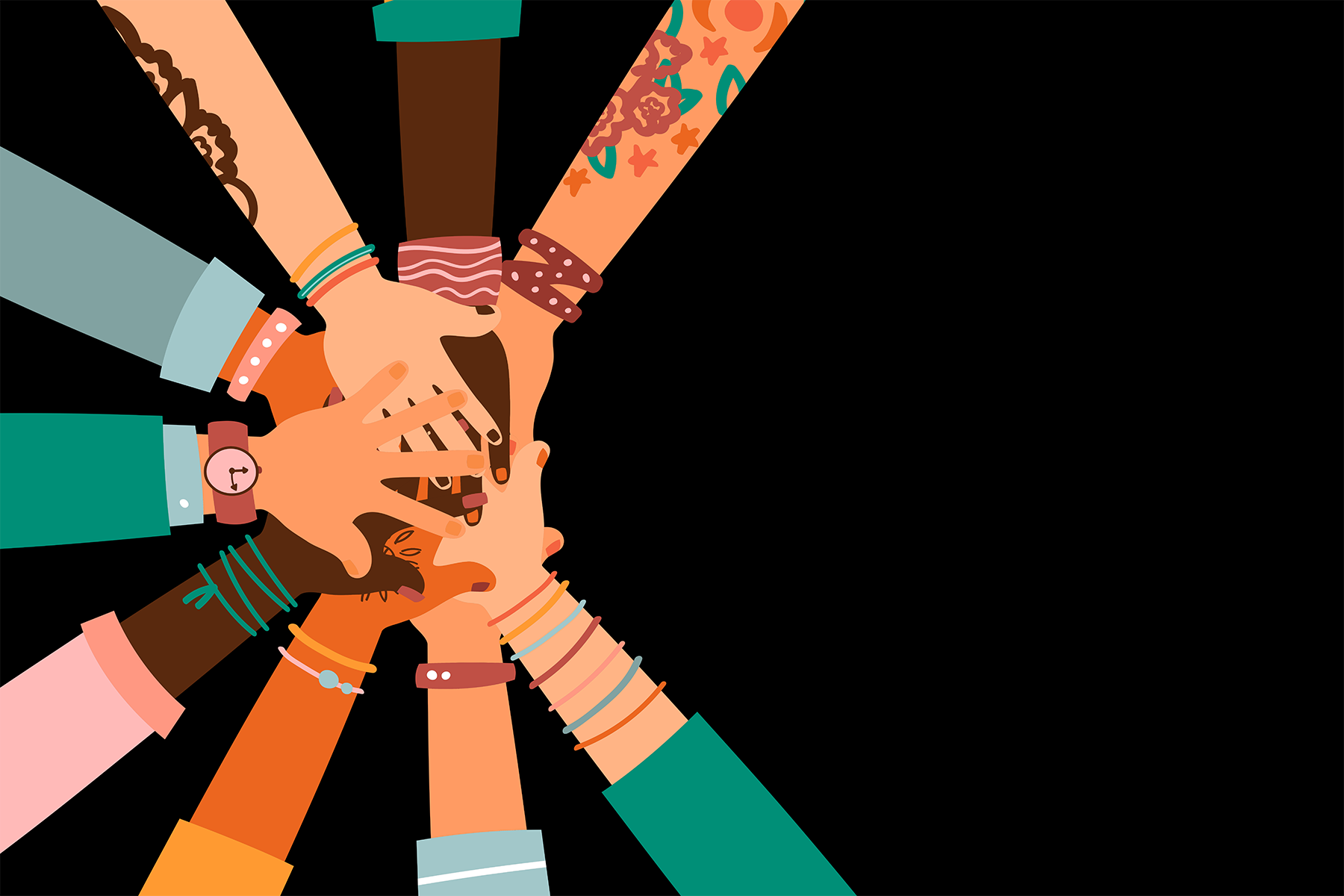Diversity & inclusion in action: what are the current challenges?

What are the tangible benefits of diversity and inclusion? How has the pandemic impacted D&I? What are the main hurdles to D&I? Katja Pluto, Chief Risk Officer EMEA, Zurich Insurance Company, joins us to answer these questions, and shares how D&I impacted customers & employees alike!
 Tell us about the tangible benefits you’ve seen from incorporating diversity and inclusion into your day-to-day activities.
Tell us about the tangible benefits you’ve seen from incorporating diversity and inclusion into your day-to-day activities.
I certainly can! First of all, because sustainability – and therefore ESG – is at the core of Zurich’s strategy, we have plenty of examples. To give you two, our customers really like our ESG propositions. One example is that we gave them a choice of funds for certain life insurance products, including ESG funds, and our customers really love them and go for them. That’s cool for them and cool for us.
The second example relates to tangible benefits for our employees. They are proud of us, proud of working for a firm like this, and proud of the many initiatives we do in the office and outside of the office with our connected charities. For example, we do a significant reforestation project in Brazil with local charities, and our employees can contribute personally to that. And for their personal contribution we plant even more trees and that works as a really wonderful motivation for our employees.
These are the two benefits I wanted to show here, but I could give you plenty more!
How about the impact of the pandemic on diversity and inclusion? What did you see in this area?
I saw two contrasting things, one of them being the not-so-great developments of the pandemic. I think we need to be honest here – women still bore the majority of the negative impacts. They have a higher care duty if they do most of the home schooling and they would even be more affected by losing their job schemes. This feels like going back in history, and it’s seriously worrying.
On the other hand, what we have also seen in this enforced remote working environment is that managers had to look more into the outcomes of work because they had nothing else to go on. Unconscious bias with regards to presenteeism in the office or the colour of your skin, or the way you dress yourself – whatever it might be! – became much less important in such an environment. Those [work-related] outcomes were all that mattered. And in my experience, groups from different ways of life and people from different ways of life actually flourish much more in such an environment because they were judged on the outcomes, not on random factors they cannot change. This certainly is a good thing and it’s the thing that we should try to keep and develop further once this pandemic is over.
Diversity and inclusion is a UN Sustainability Development Goal, but it’s the least developed of all of them. What do you see as the main hurdles to D&I?
I think it’s important to say that D&I is a mindset. D&I is not a project or a process or a programme. I have seen some firms and some public bodies approach it more like a programme, though I understand that if you want to get the initial push, you need these change programmes. But it has to come down into a mindset of everyone in your organisation, and that is a more difficult challenge. My interpretation is that this is what we’re still lacking: this mindset change.
Related to mindset, I also would want to point out that we all probably focussed a little too much on the D (diversity) of D&I, and we simply need to do more of the I (inclusion). The I is just as important, if not more important! We see this in practice a lot. For example, for one of Zurich’s markets, we started introducing flexible work into all of our internal job advertisements. We also consciously put efforts into using gender-neutral language. We’re not talking about driving results, which sounds very masculine, but talk about outcomes. What we saw as a result is that applications from female employees soared. This is just a small example of how inclusion works: little signs that help us and our workforce feel properly included, not only counted as a diversity factor. I simply believe that many firms and many public bodies still have work to do in order to be in a better place.
We surveyed RiskMinds a few times recently and the majority of them expressed that diversity and inclusion, even though their companies are doing it, is difficult to do effectively. What would you say to those organisations and to those people that feel that way?
I do not know what exactly is going on as well in these organisations, but my gut feeling is that it goes back to that mindset question and to the I part of D&I. If organisations can solve these two challenges, I think they should be on a good way.
This interview was conducted in March 2021.
